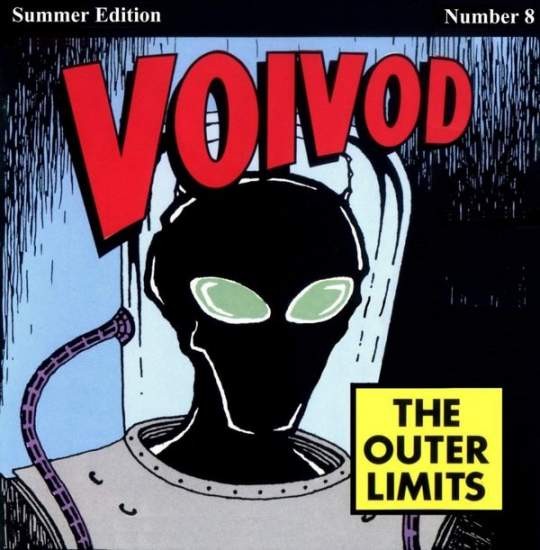Structured CDs Gimmick Or Real Return
Post on: 24 Июль, 2015 No Comment

By Claes Bell • Bankrate.com
CD Rates » CD Penalty Chart » Structured CDs: Gimmick Or Real Return?
For certificate of deposit investors who have suffered through years of abysmal yields, structured CDs must sound like manna from heaven.
CD early withdrawal penalties
Survey results
Video
Tools
These are certificates of deposit insured by the Federal Deposit Insurance Corp. that have the potential to ride the financial markets all the way to a big return. But, while they’re quite lucrative for the investment houses that sell them, structured CDs may not be all they’re cracked up to be for investors.
The problem is complexity, says Steve Pomeranz, president of Steven L. Pomeranz Financial Management in Boca Raton, Fla. and host of On the Money on public radio.
There are so many variations that the average investor should really beware of doing these, he says. There’s so much unknown that it’s really a bad investment for your typical CD buyer.
Despite the name, structured CDs don’t have much in common with how conventional CDs work, Pomeranz says. A conventional CD is fairly straightforward. You deposit your money into a CD, and the bank then lends that money out to businesses and individuals. In return, the bank pays you an agreed-upon rate of interest, based on market rates, for holding your money.
A derivative investment
Structured CDs are actually a form of complex financial instruments called derivatives, Pomeranz says. Derivatives get their name because they derive their value from the value of other investments.
For structured CDs, the performance of their derivative portion is often based on the value of a group or index of stocks. The value of the derivative can be engineered to rise or fall when that index rises or falls, allowing investors to base their CD return on the performance of a particular security or index of securities.
More On CDs:
CDs
Instead of paying you interest directly, they’re creating a structure to take some of that money and to invest in futures and options that will perform in certain ways under certain conditions, Pomeranz says.
To illustrate how that works in practice, Pomeranz gives an example of a common type of structured CD.
The return on this CD may be based on the performance of the (Standard & Poor’s 500 index). At the end of five years, if the S&P 500 is higher than where it was when you purchased it, you will get that higher amount, and the difference between what you purchased it for and what you get will be your rate of return, he says. If the S&P is lower, you’re guaranteed to get your money back up to the FDIC limit.
Another wrinkle in determining a structured CD’s return can be whether it’s calculated on a point-to-point basis or an averaging basis, Pomeranz says. On a point-to-point basis, the return will be calculated based on the difference between where the index is at a predefined starting point and ending point. If the market plummets into negative territory the day before that ending point, you’ll be out of luck, regardless of what happened during the rest of the CD’s term.
On an averaging basis, your return will be based on average losses or gains in whatever index the CD is based.
The attraction for investors is they can play the market without the risk of losing principal, but the problem with that line of thinking is there’s an opportunity risk that can’t be ignored, Pomeranz says.

If you earn zero, you’ve lost the ability to earn anything over that five-year period, which can be pretty dramatic, actually, Pomeranz says. Do you really think it’s OK if the markets go bad for you to earn zero percent on your CDs over a five-year period?
Playing for keeps
Another big difference between structured CDs and conventional CDs is that with the former, getting your money back is usually much harder if you decide to cash out the CD early, says Bert Ely, a banking industry consultant and president of Ely & Co. in Alexandria, Va.
Ely says structured CD investors shouldn’t put in any funds they may need to access before the term of the CD is up.
Pomeranz agrees. The dealer or the investment house that created them will be the ones to buy them back from you, and they have to somehow calculate what the true value is, which can be a very difficult thing to do, he says.
So, if you get involved in one of these things, you should expect to hold it to term and be prepared for very limited liquidity, he says. There is no guarantee on your principal until the date of maturity.
That goes the other way, too, Pomeranz says. While other types of unconventional CDs are sometimes callable, meaning the bank has the option to cancel a CD if the rate starts looking too favorable to the investor, structured CDs often are based on contracts that can’t be easily broken.
Built-in fees
There’s no secret to why investment banks, such as Goldman Sachs, have been getting into the structured CD market — it’s the profits generated by the expense of setting up these complex investments, Ely says.
I’m always skeptical of financial products where you’ve got a pretty high commission percentage. I understand that 3 percent is pretty common, he says. OK, you’ve got a potential for higher yields, but you have some downsides, including commission costs, which come out of the middle someplace.
In the end, Pomeranz says, the current popularity of structured CDs may come down to that eternal, impossible desire of investors — getting something for nothing.
‘Earn the market with no risk.’ We all know that can’t be true, Pomeranz says.














